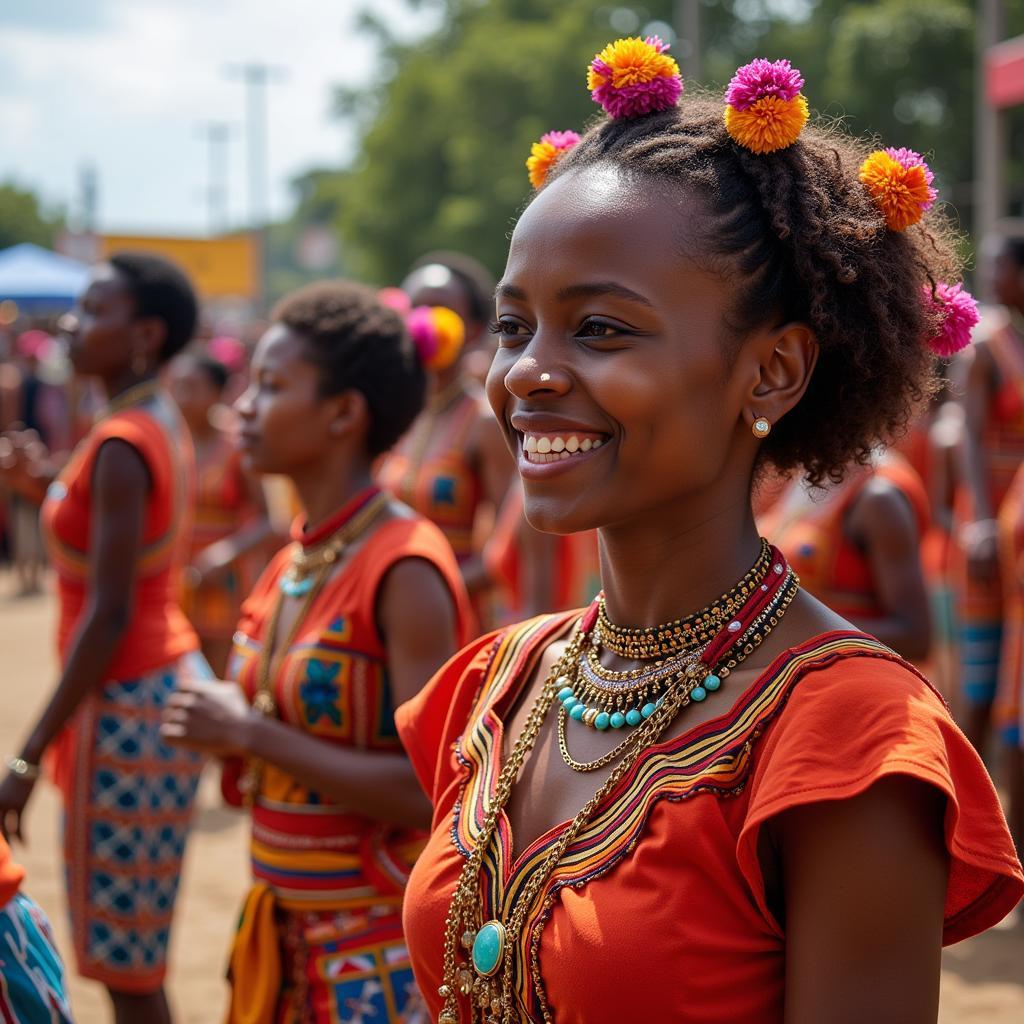Exploring the African Broadbill: A Birdwatcher’s Delight
The African Broadbill, a small, brightly colored bird found in sub-Saharan Africa, is a captivating sight for any bird enthusiast. These birds, belonging to the Eurylaimidae family, are known for their distinctive broad, flattened beaks, which give them a unique appearance and feeding strategy.
Distinctive Features and Adaptations
African broadbills are small to medium-sized birds, with adults ranging from 13 to 28 centimeters in length. Their most striking feature is their broad, flattened beaks, which are wider than their heads. This unique adaptation allows them to catch insects in mid-air, similar to how flycatchers hunt. Their beaks are also equipped with bristles at the base, which help to detect vibrations and aid in capturing prey.
Their plumage varies among species but is generally brightly colored, with combinations of green, blue, red, yellow, and black. This vibrant coloration provides excellent camouflage amidst the dense foliage of their forest habitats.
Habitat and Distribution
African broadbills are predominantly found in sub-Saharan Africa, inhabiting a variety of forested areas, including rainforests, woodlands, and gallery forests. They prefer dense vegetation near water sources, where insects are abundant.
Diet and Feeding Behavior
True to their name, African broadbills primarily feed on insects. Their diet includes a variety of flying insects such as beetles, grasshoppers, and moths, which they catch in flight. They perch on branches, patiently scanning the surroundings for potential prey. Once spotted, they swiftly launch themselves into the air, snapping up their target with their impressive beaks.
Social Behavior and Breeding
African broadbills are generally solitary birds, only coming together during the breeding season. They are monogamous, forming strong pair bonds. Both males and females participate in nest building, incubation, and chick rearing.
Conservation Status
The conservation status of African broadbill species varies. While some species are relatively common and widespread, others face threats due to habitat loss and degradation. Deforestation, driven by agriculture and logging, poses a significant risk to their populations.
The Importance of Birdwatching Tourism
“Birdwatching tourism offers a sustainable way to support conservation efforts while providing economic opportunities for local communities,” notes Dr. Joseph Ngowi, a renowned ornithologist specializing in African birdlife. “By visiting protected areas and observing these magnificent creatures in their natural habitat, we contribute to their protection and encourage responsible tourism practices.”
Conclusion
The African broadbill, with its unique appearance and fascinating behaviors, is a testament to the diversity and wonder of the African continent. By understanding and appreciating these incredible birds, we can contribute to their conservation and ensure that future generations can marvel at their beauty.
FAQs
Q: Where can I find African broadbills?
A: African broadbills are found in sub-Saharan Africa, inhabiting various forested areas, including rainforests, woodlands, and gallery forests.
Q: What do African broadbills eat?
A: They primarily feed on insects, catching them in mid-air with their broad beaks.
Q: Are African broadbills endangered?
A: The conservation status varies among species. Some are common, while others face threats due to habitat loss.
Q: How can I help conserve African broadbills?
A: Supporting sustainable tourism initiatives and organizations involved in habitat conservation are great ways to help.
Q: Are African broadbills social birds?
A: They are generally solitary, only coming together during the breeding season.
Need Help?
For assistance, please contact:
Phone Number: +255768904061
Email: [email protected]
Address: Mbarali DC Mawindi, Kangaga, Tanzania.
Our dedicated customer care team is available 24/7 to help you.
Explore More:
For more fascinating insights into African birdlife, check out our articles on african birds with long beaks narrow.


